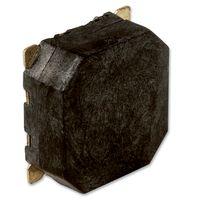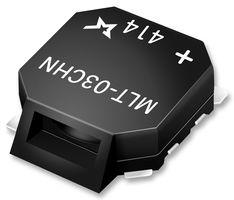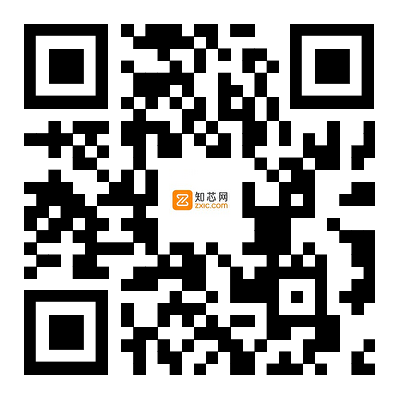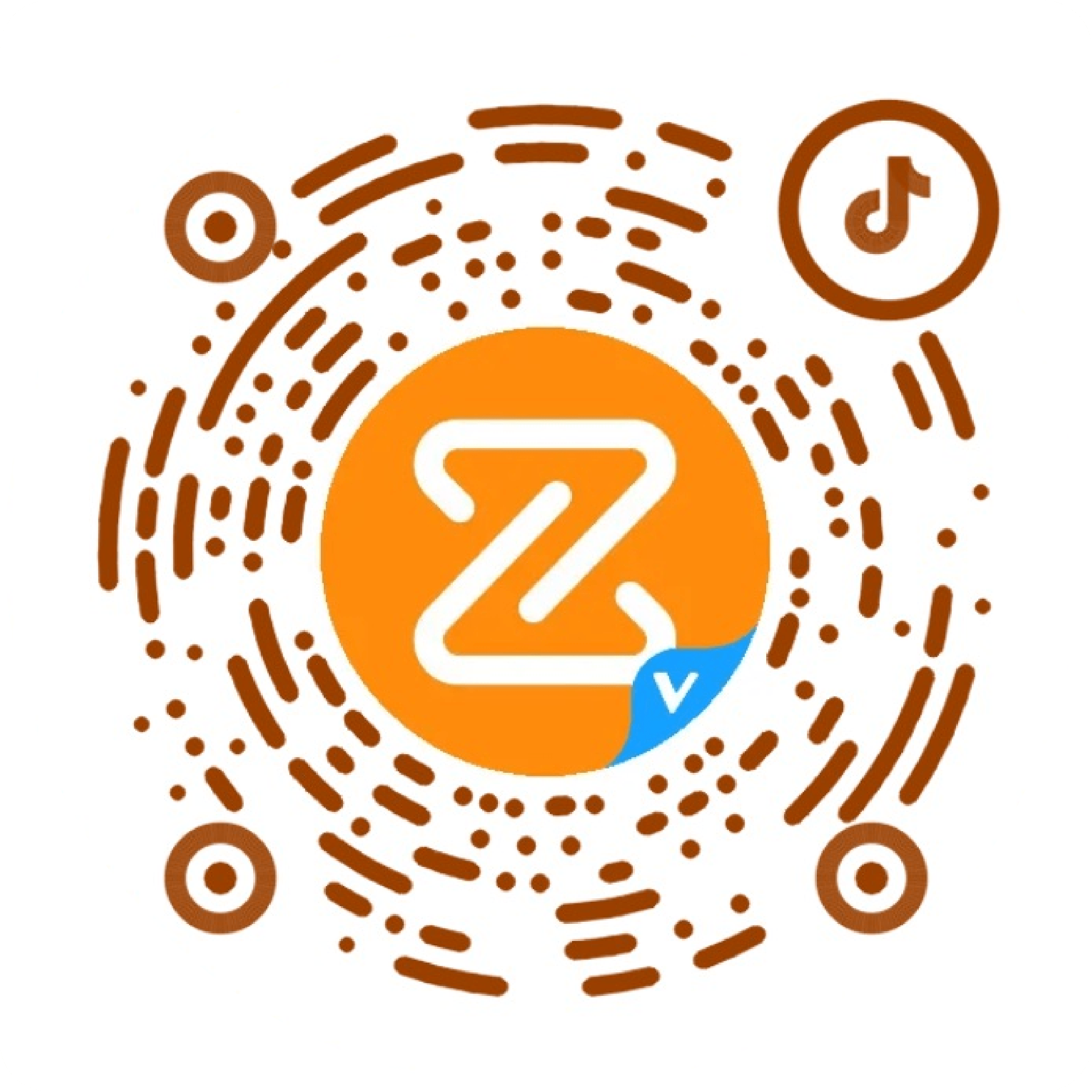
Indicators (Sounders)
更新时间: 2024-12-13 00:00:03Indicators (Sounders)简介
Indicators, also known as sounders, are electronic components designed to provide an audible or visual signal to indicate a specific condition or event in a system. They are commonly used in various applications where user notification or alarm is required. Sounders can be divided into two main categories: audible indicators and visual indicators.
Audible Indicators:
1. Buzzer: A buzzer is an electric component that produces a distinctive sound when a current passes through it. There are two types: active (self-generating sound) and passive (require an external oscillator). Buzzer sounds can range from simple tones to complex melodies.
2. Horn: A horn is a more powerful audible indicator, often used for warning signals in industrial settings or vehicles. They produce a loud sound to alert people of potential danger.
3. Speaker: A speaker is an electroacoustic transducer that converts electrical signals into sound waves. It can reproduce a wide range of sounds and frequencies, making it suitable for audio systems, alarms, and voice announcements.
Visual Indicators:
1. LED (Light Emitting Diode): LEDs emit light when an electric current is applied. They come in different colors and can indicate power status, warnings, or data transmission in devices like computers, phones, and machinery.
2. Lamps: Incandescent or fluorescent lamps can be used as indicators, often indicating power on, fault, or other status conditions. They are less energy-efficient than LEDs and have been gradually replaced by them in modern electronics.
3. LCD (Liquid Crystal Display): LCDs display text, symbols, or graphics using liquid crystal technology. They are commonly found in digital watches, calculators, and instrument panels.
4. VFD ( Vacuum Fluorescent Display): VFDs are used to display alphanumeric characters or graphics and emit a bright, clear light. They were popular in earlier electronics but have been surpassed by OLEDs in many applications.
Functionality and Applications:
Alarms and Safety Systems: Audible and visual indicators are crucial in safety systems, such as fire alarms, security systems, and emergency stop buttons.
Automotive: Horns and dashboard indicators are used in vehicles to alert drivers and pedestrians.
Industrial Automation: Indicators are used in factories and manufacturing plants to monitor machine status, errors, or process changes.
Electronic Devices: Mobile phones, computers, and home appliances use indicators to show power, connectivity, or battery status.
Communication Equipment: Telephones, walkie-talkies, and intercom systems may incorporate sounders for call alerts.
These indicators play a vital role in providing feedback and ensuring efficient communication between users and machines or systems.
Audible Indicators:
1. Buzzer: A buzzer is an electric component that produces a distinctive sound when a current passes through it. There are two types: active (self-generating sound) and passive (require an external oscillator). Buzzer sounds can range from simple tones to complex melodies.
2. Horn: A horn is a more powerful audible indicator, often used for warning signals in industrial settings or vehicles. They produce a loud sound to alert people of potential danger.
3. Speaker: A speaker is an electroacoustic transducer that converts electrical signals into sound waves. It can reproduce a wide range of sounds and frequencies, making it suitable for audio systems, alarms, and voice announcements.
Visual Indicators:
1. LED (Light Emitting Diode): LEDs emit light when an electric current is applied. They come in different colors and can indicate power status, warnings, or data transmission in devices like computers, phones, and machinery.
2. Lamps: Incandescent or fluorescent lamps can be used as indicators, often indicating power on, fault, or other status conditions. They are less energy-efficient than LEDs and have been gradually replaced by them in modern electronics.
3. LCD (Liquid Crystal Display): LCDs display text, symbols, or graphics using liquid crystal technology. They are commonly found in digital watches, calculators, and instrument panels.
4. VFD ( Vacuum Fluorescent Display): VFDs are used to display alphanumeric characters or graphics and emit a bright, clear light. They were popular in earlier electronics but have been surpassed by OLEDs in many applications.
Functionality and Applications:
Alarms and Safety Systems: Audible and visual indicators are crucial in safety systems, such as fire alarms, security systems, and emergency stop buttons.
Automotive: Horns and dashboard indicators are used in vehicles to alert drivers and pedestrians.
Industrial Automation: Indicators are used in factories and manufacturing plants to monitor machine status, errors, or process changes.
Electronic Devices: Mobile phones, computers, and home appliances use indicators to show power, connectivity, or battery status.
Communication Equipment: Telephones, walkie-talkies, and intercom systems may incorporate sounders for call alerts.
These indicators play a vital role in providing feedback and ensuring efficient communication between users and machines or systems.
Indicators (Sounders)热门型号更多
| 器件图 | 型号 | 制造商 | 封装 | 描述 | |
|---|---|---|---|---|---|
 |
ABT-407-RC | PRO SIGNAL | |||
 |
ABT-414-RC | PRO SIGNAL | |||
 |
ABT-416-RC | PRO SIGNAL | |||
 |
ABT-443-RC | PRO SIGNAL | |||
 |
ABT-453-RC | PRO SIGNAL | |||
 |
MLT-03CHN | - | |||
 |
MNT-03A | - | |||
 |
MUT-01A | - | |||
 |
MUT-03A | - | |||
 |
MZT-03A | - |





 搜索
搜索
 发布采购
发布采购



